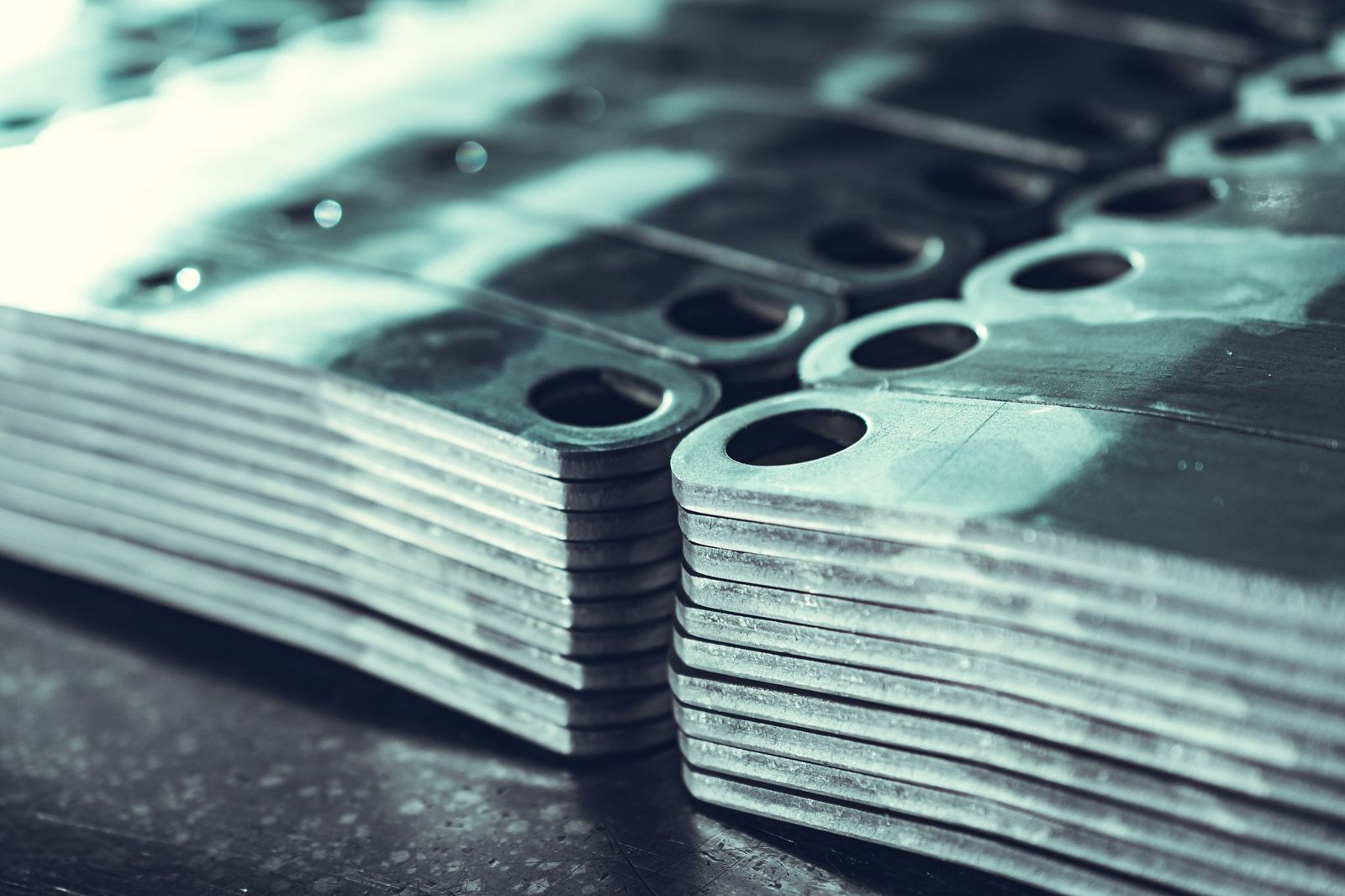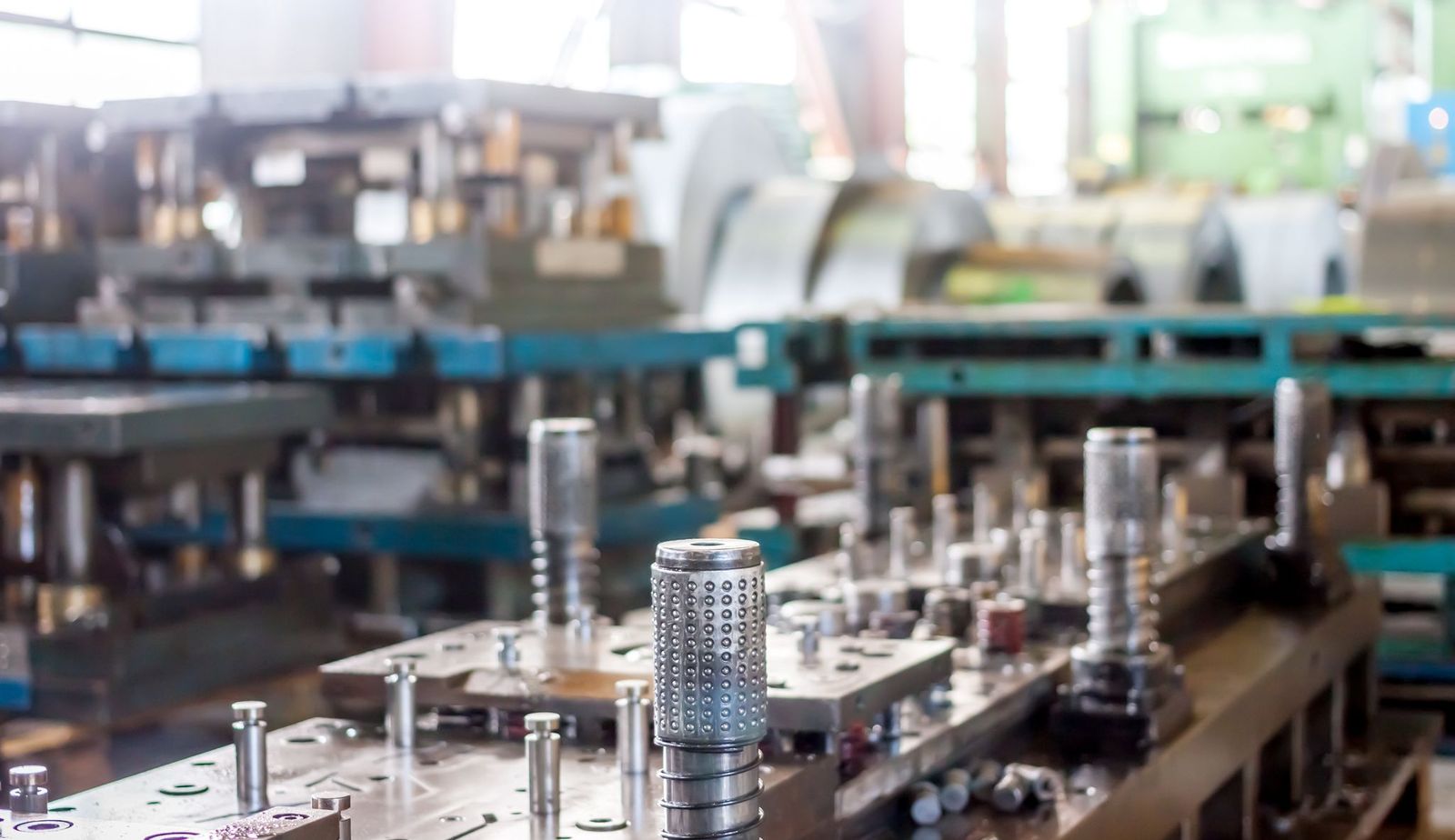Forging is effective and advantageous. As a manufacturing process, it can produce a variety of high-quality components for diverse industries. Forging processes, and the metals they utilize, vary according to the specific requirements of each project. One of the several types, industries employ is closed die aluminum forging.
Closed-Die Forging
Also referred to as impression-die forging, this technique employs two or more dies. These contain a precut profile of the specific part to be forged. The dies, containing the raw metal, move towards each other, brought together to create the specified shape and appropriate size. The simplest combination is a top and bottom die.
The size and shapes are limited only by the selected dies. Dies can be customized. As a result, the components produced may be minuscule in size or weigh in at over 25 tons.
In general, when forging aluminum, this is the preferred process. Using closed die aluminum forging allows fabricators to produce complex shapes in 3-D. It can provide industries with intricate designs and complex patterns. It accomplishes this without sacrificing quality. In fact, closed die forging is relied upon to provide components of:
- High-quality
- Durability
- Strength
- Fatigue resistance
- Reliability
All parties involved also know the results require little to no finishing process, e.g. machining. This reduces both labor and financial costs, making it cost-effective.
Applications
Closed die forging appeals to many diverse industries. However, it does have manufacturing concerns that regard it as being an essential factor in achieving their desired results. Among the industries relying on the quality of closed-die aluminum forging for their parts are:
- Aerospace
- Automotive
- Defense
Closed Die Aluminum Forging
When it comes to producing parts, manufacturing concerns have a choice. Among the many fabrication, options are forging. For those who require quality parts comprised of aluminum, the best option is often closed die forging. Closed die aluminum forging produces high-quality components with strength, durability, and fatigue resistance effectively, efficiently, and cost-effectively.

